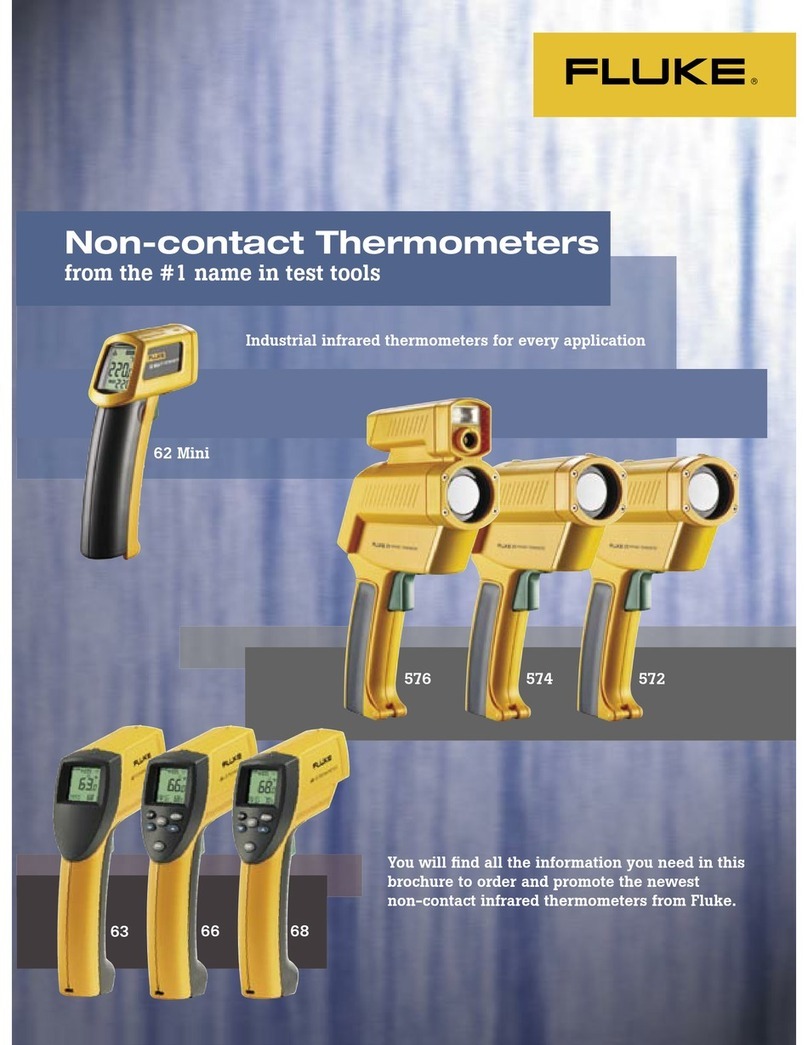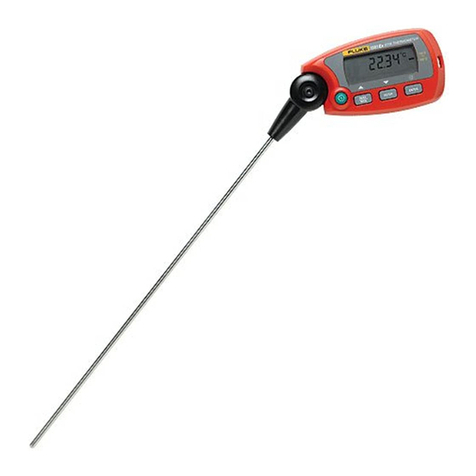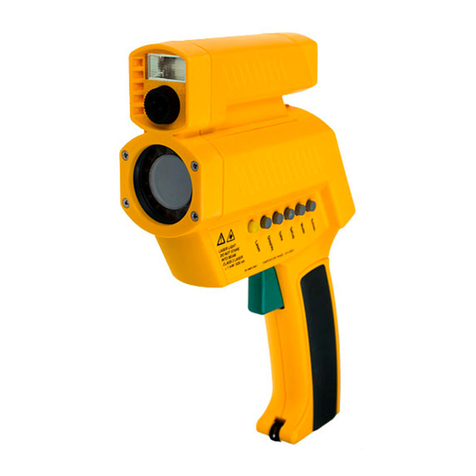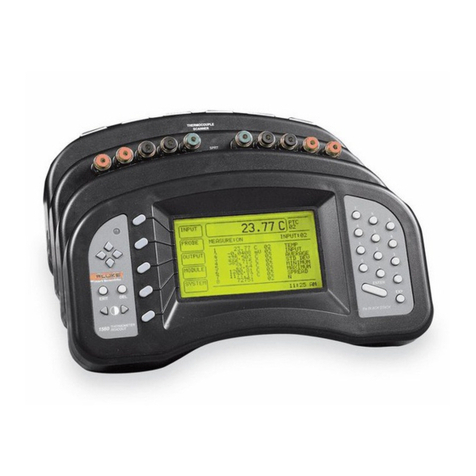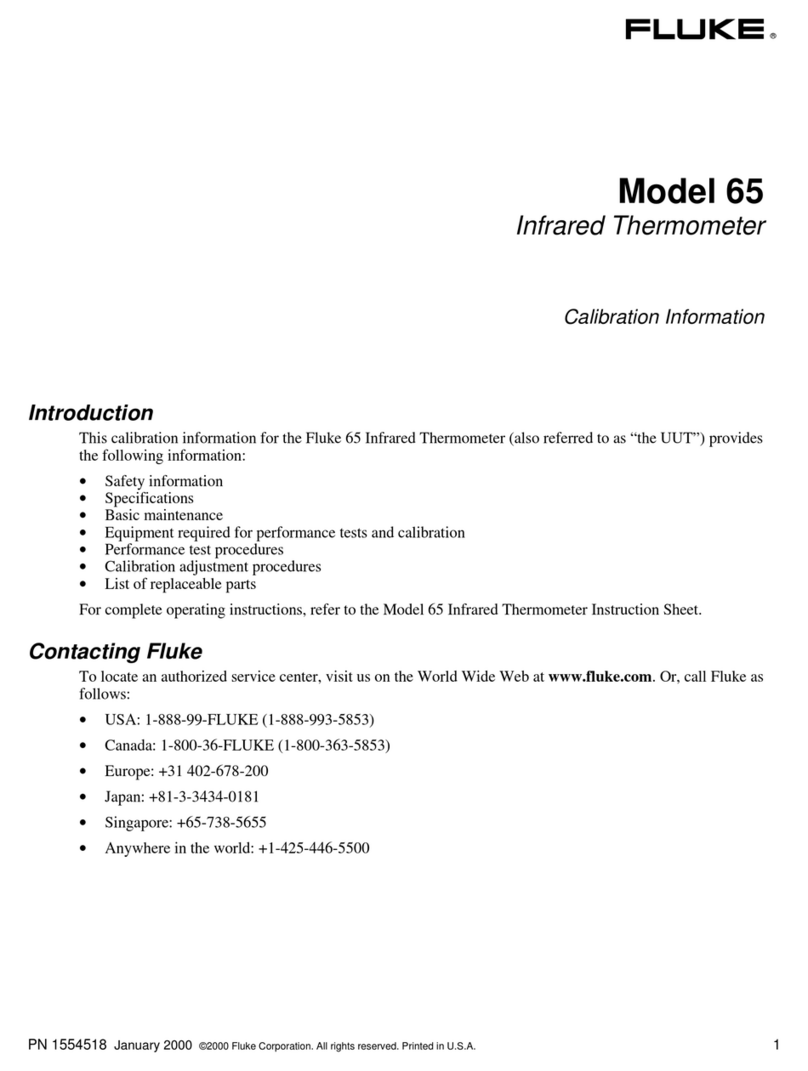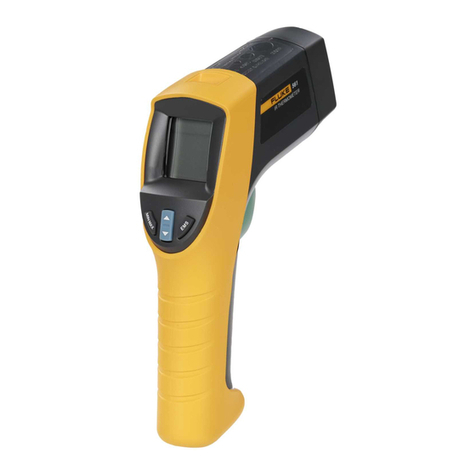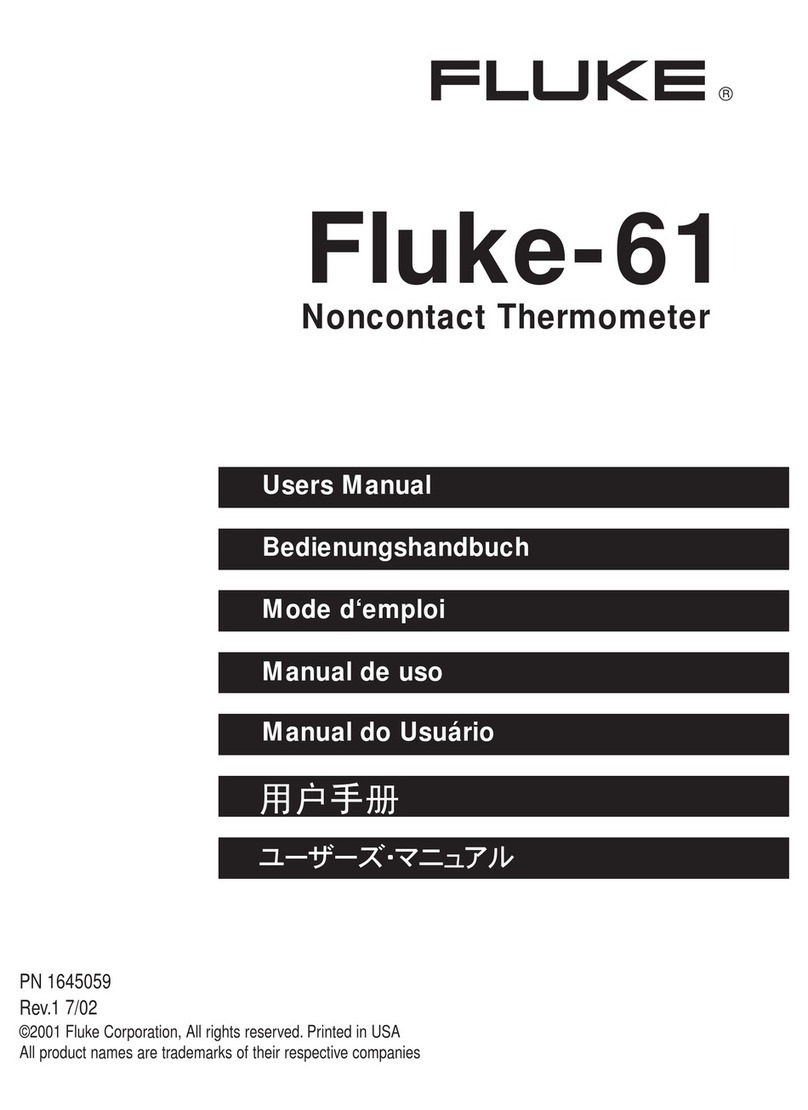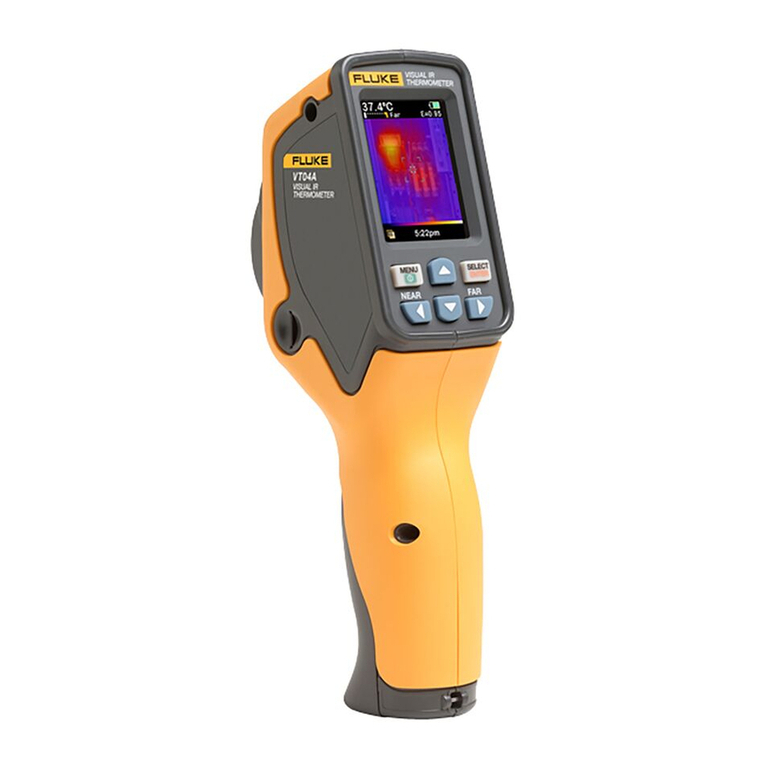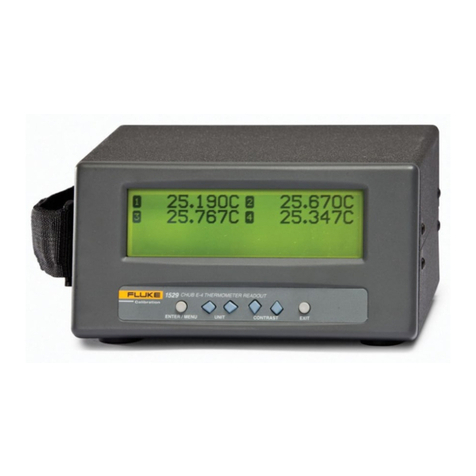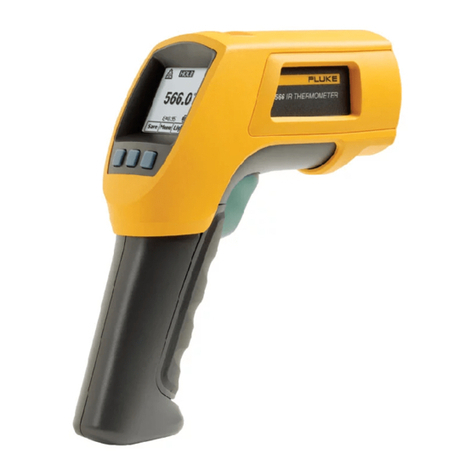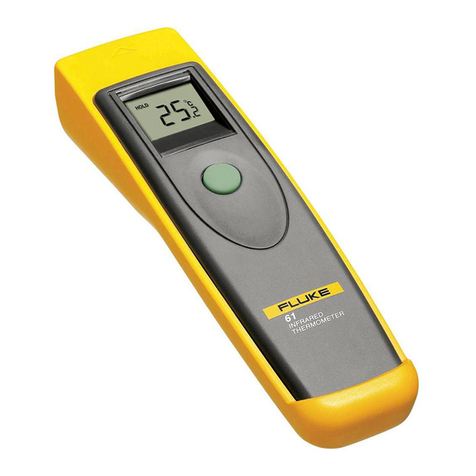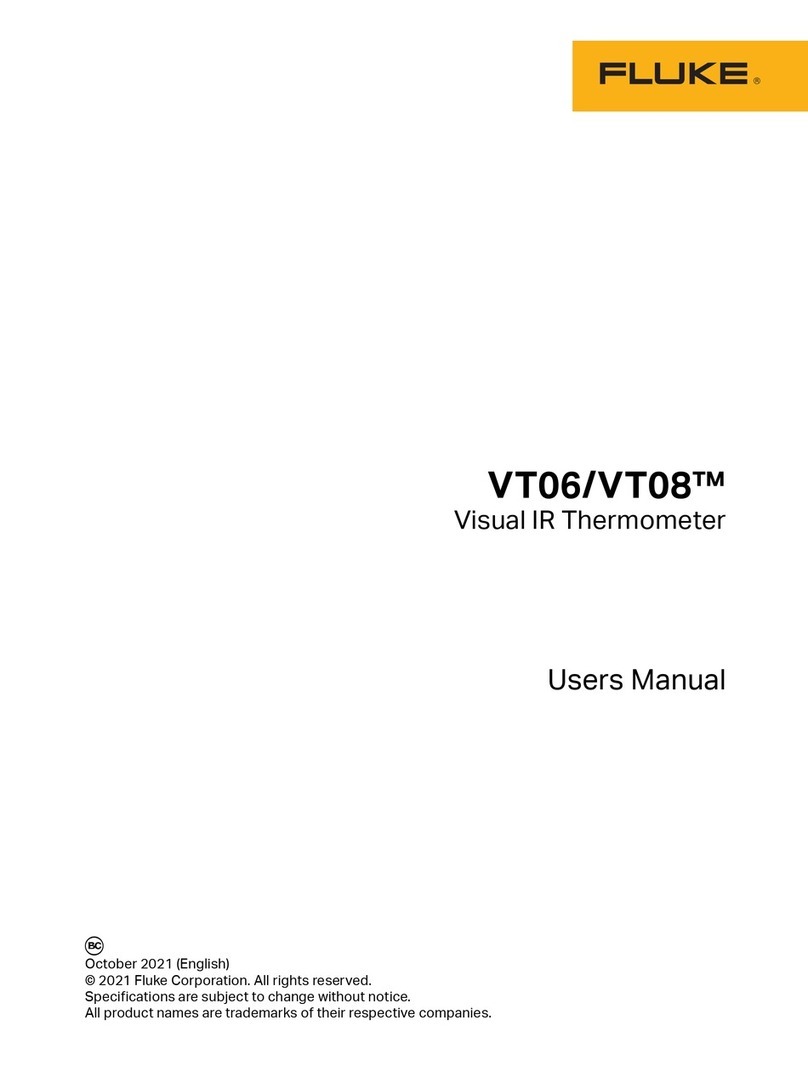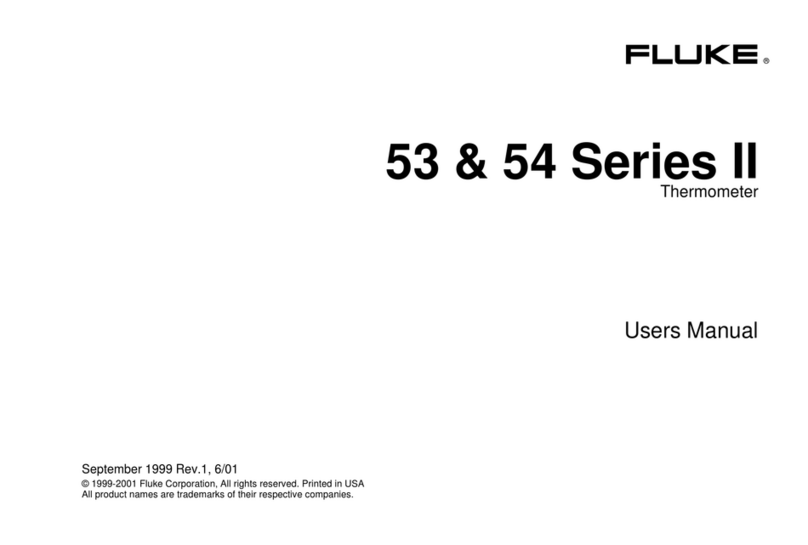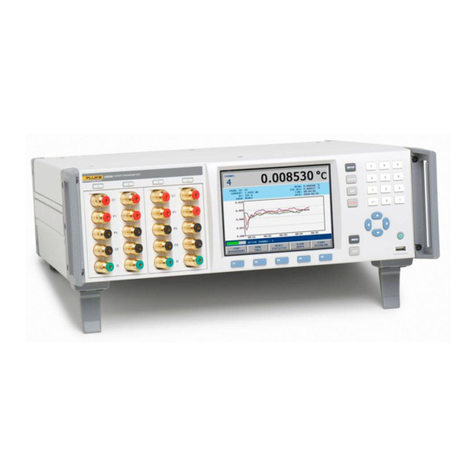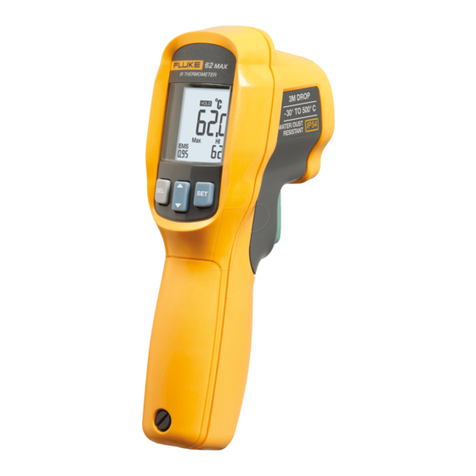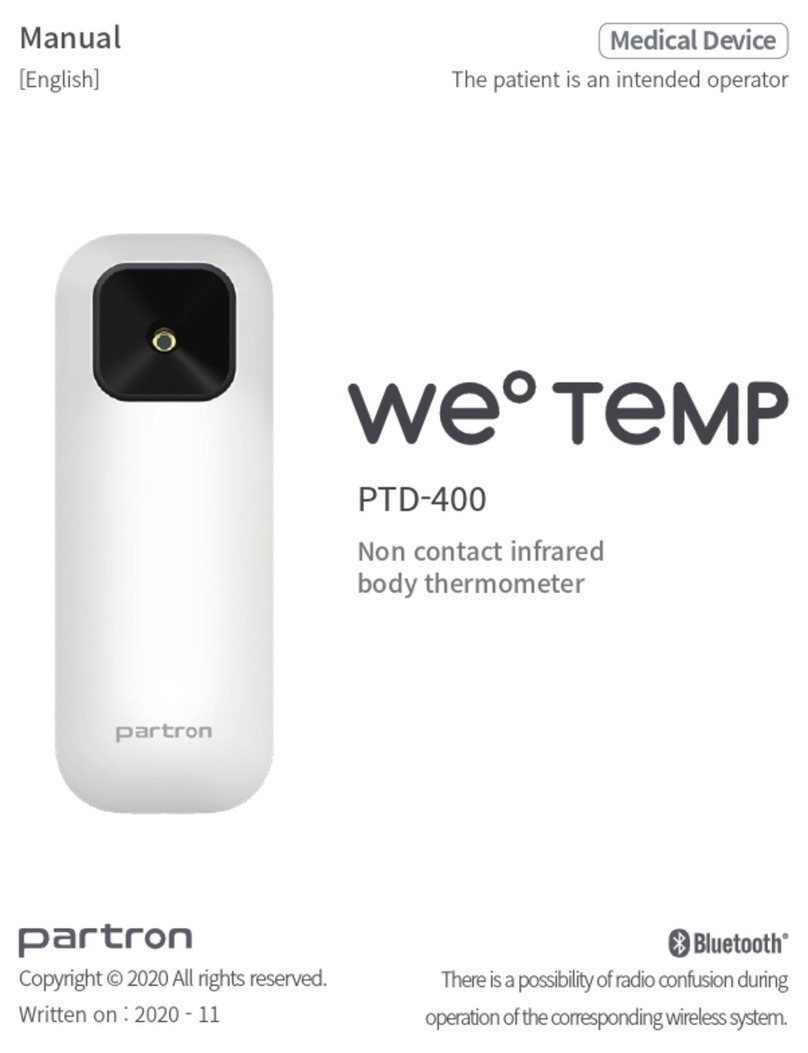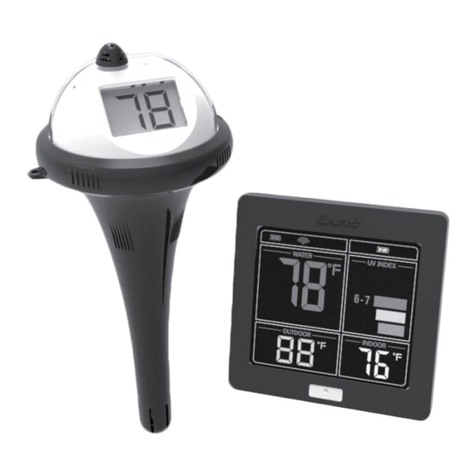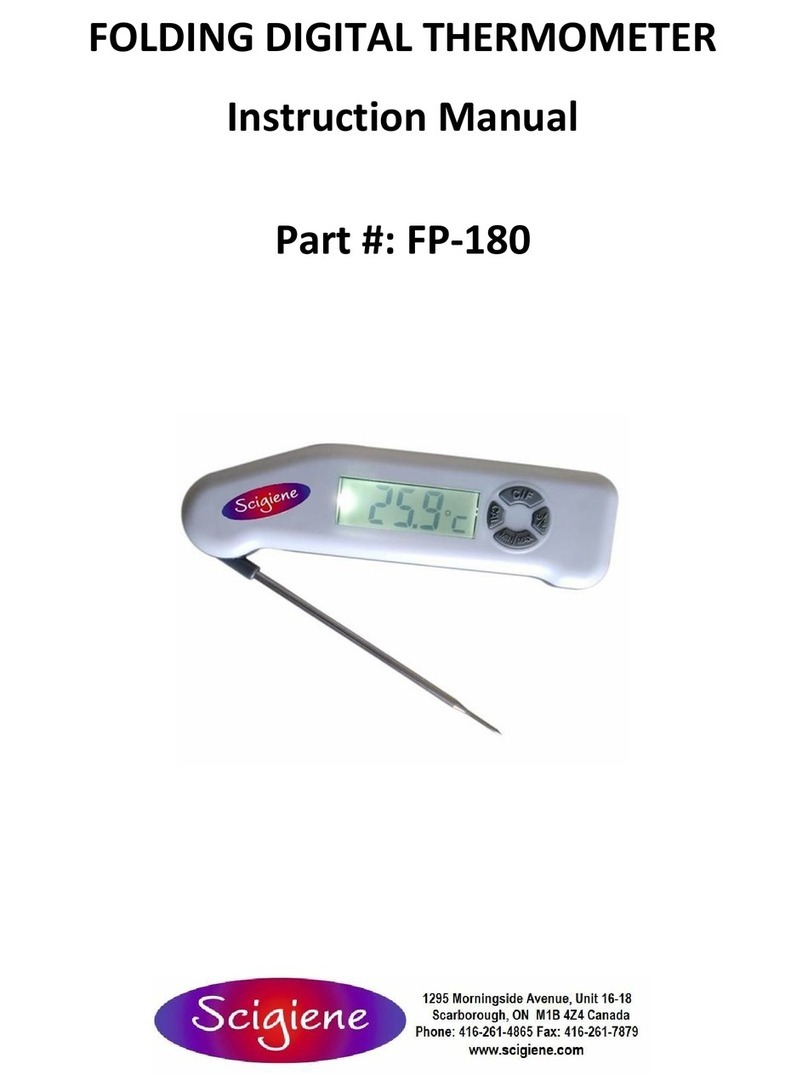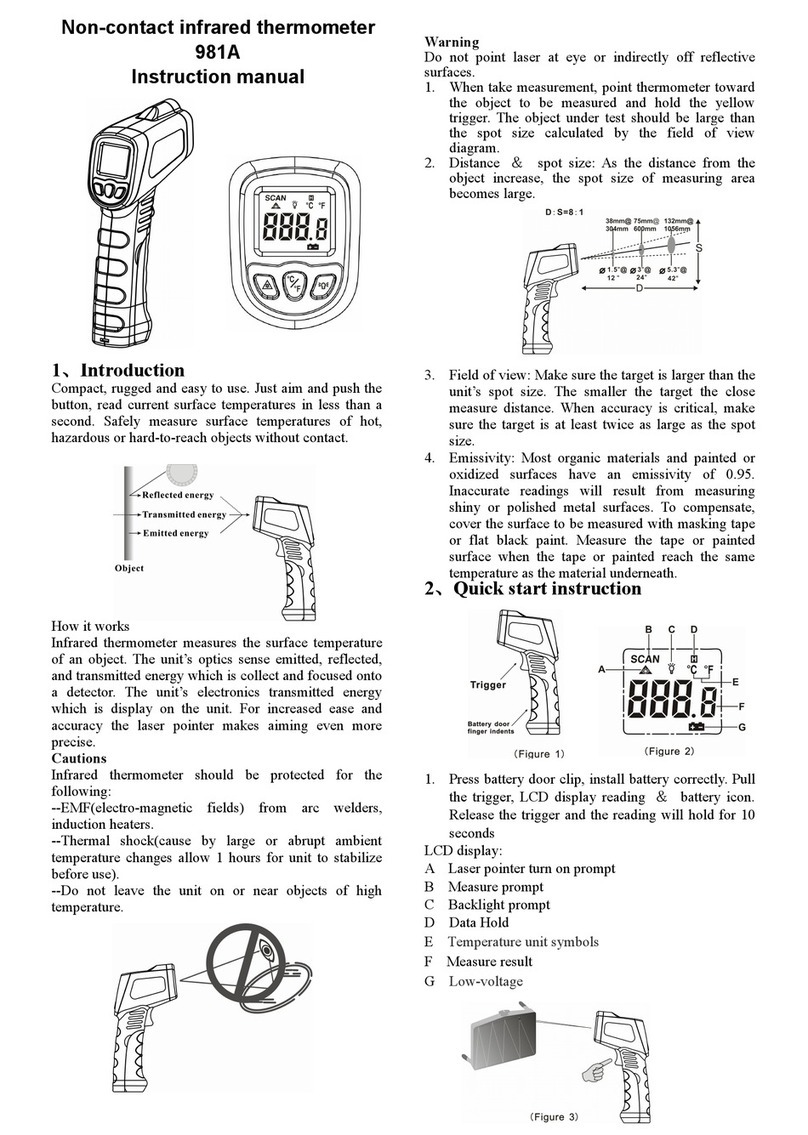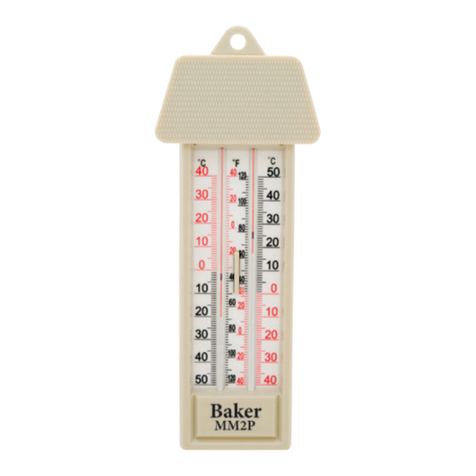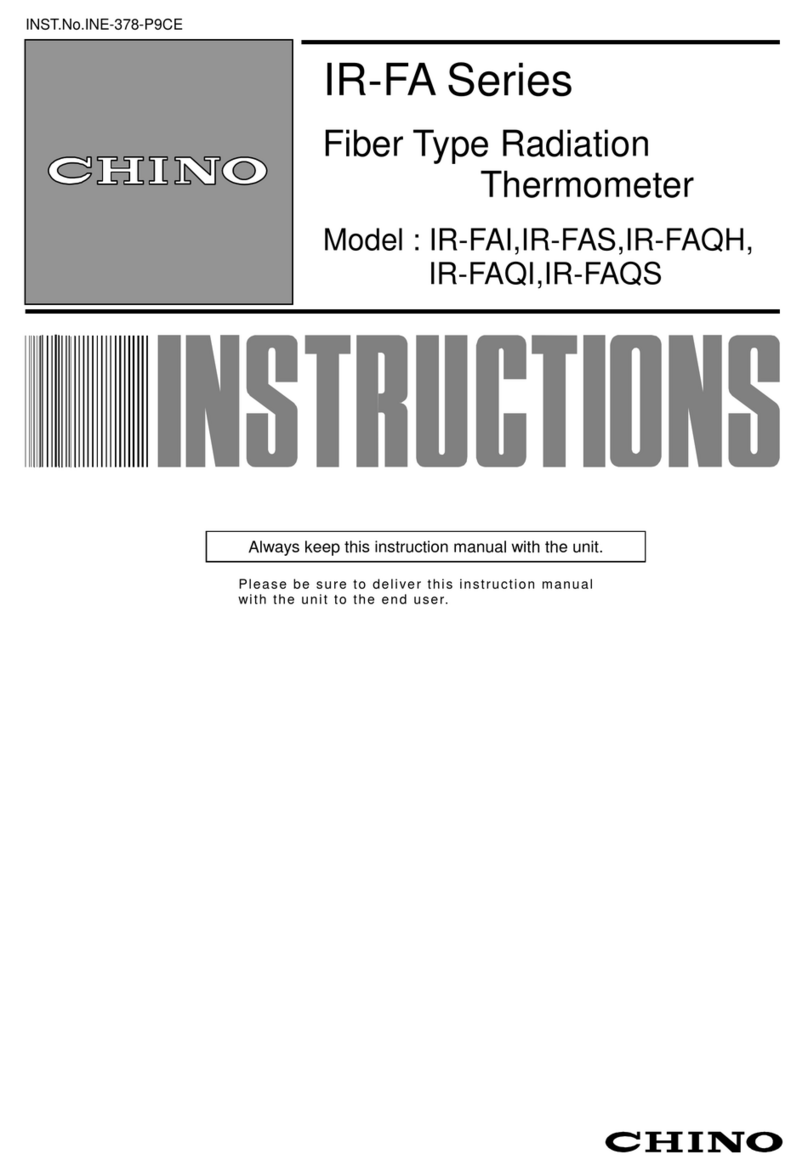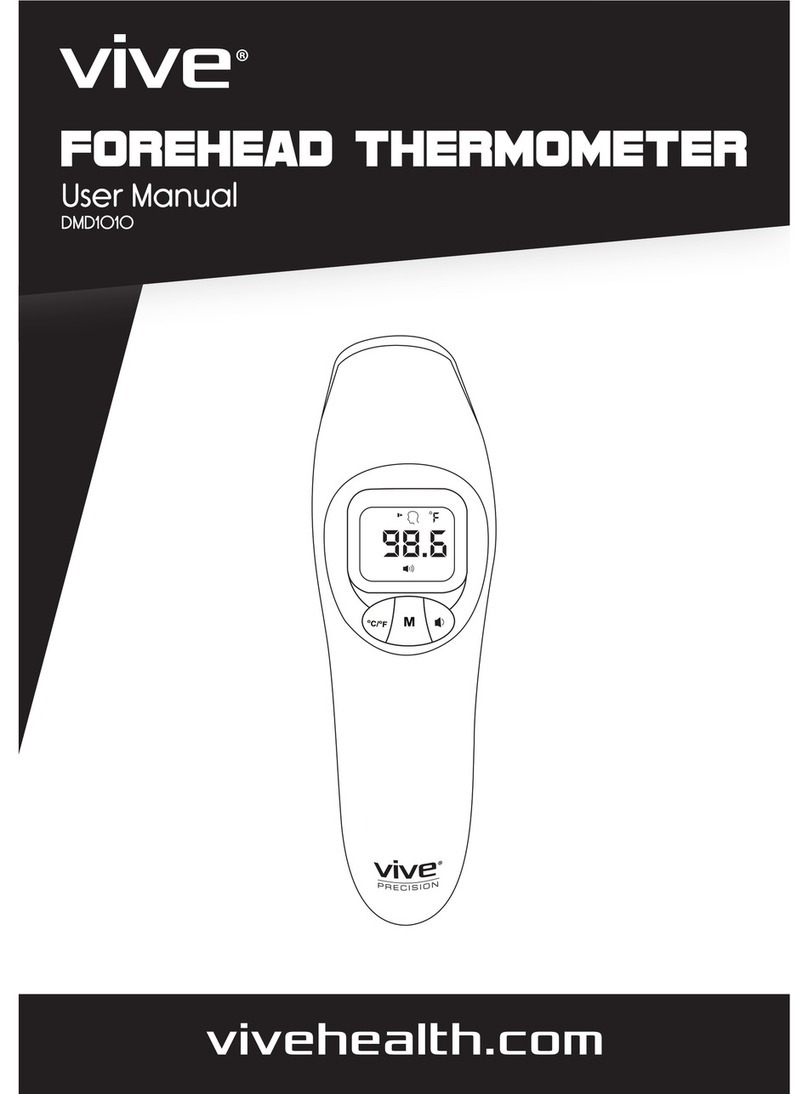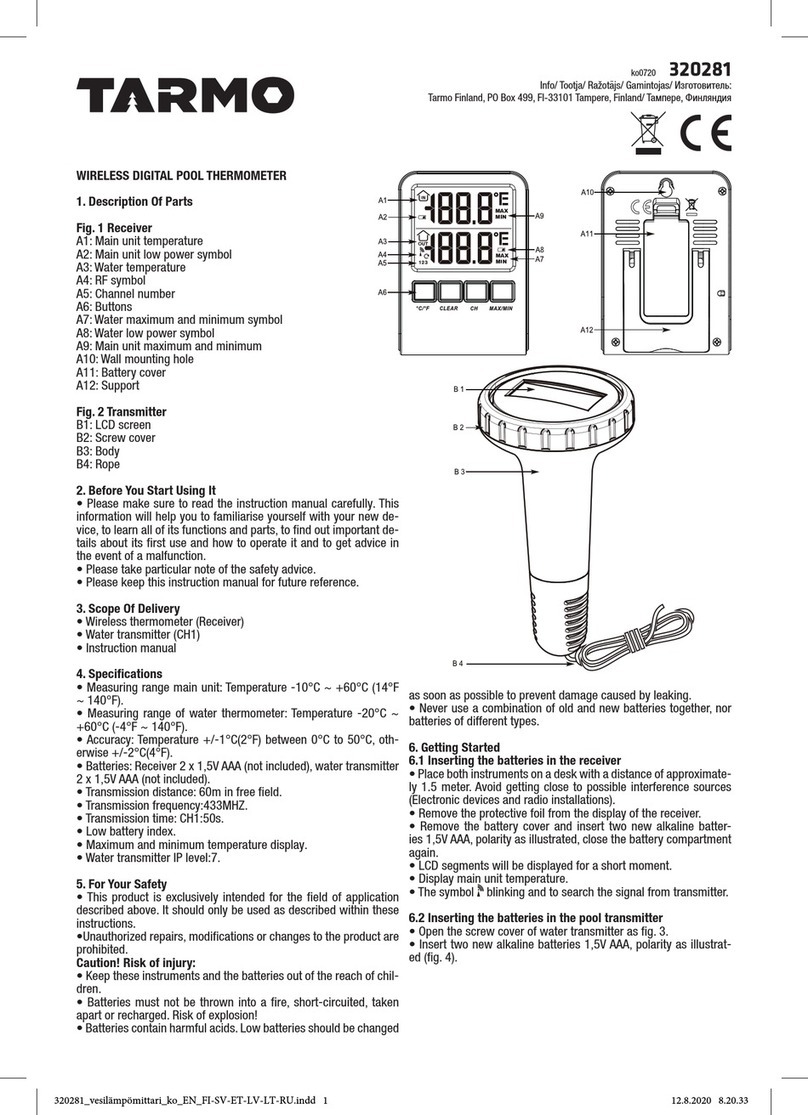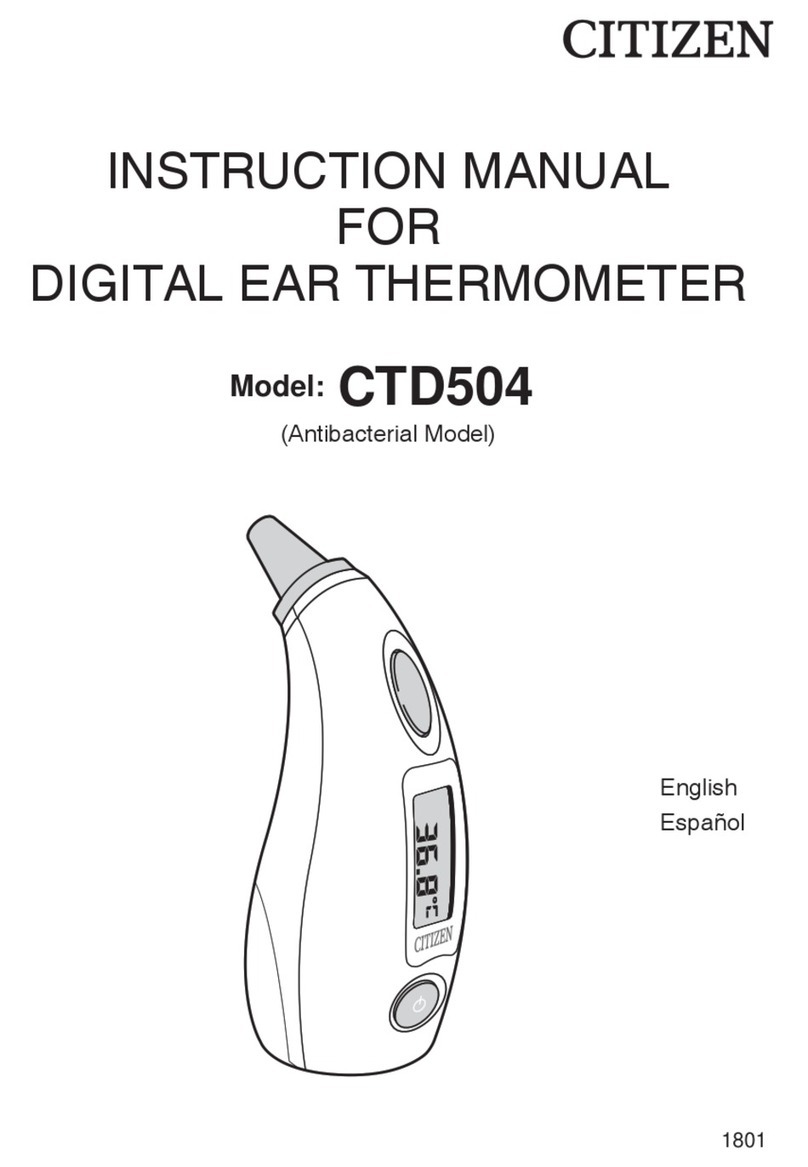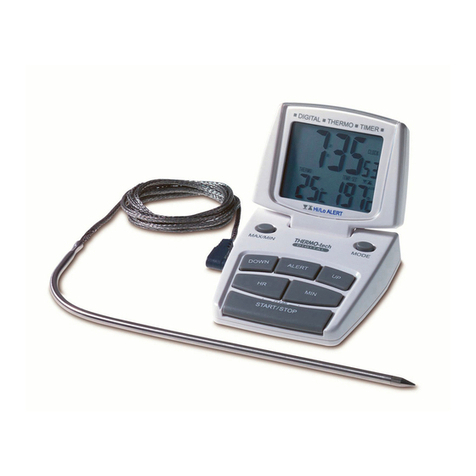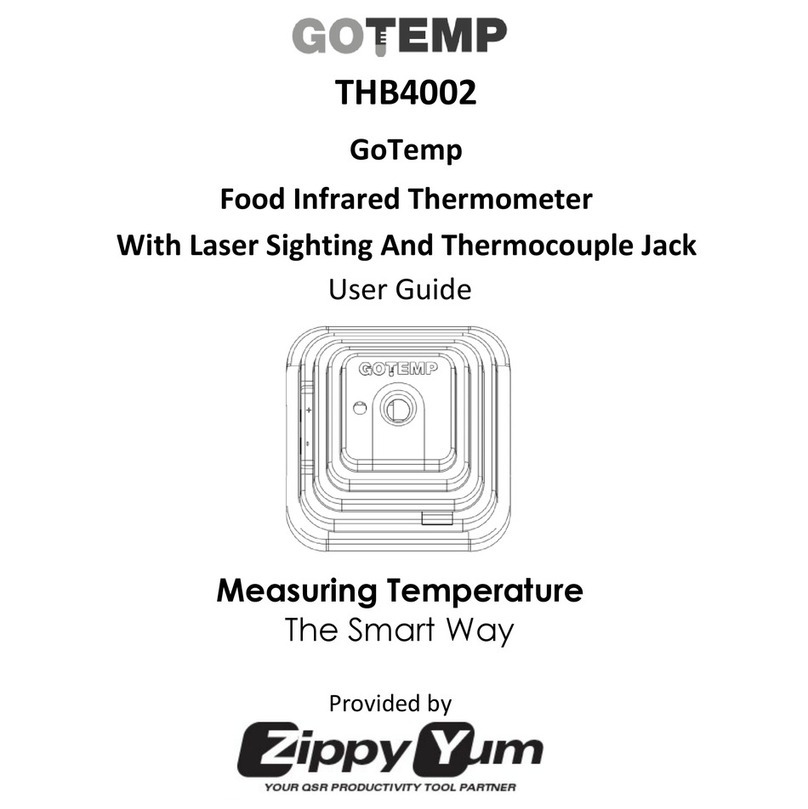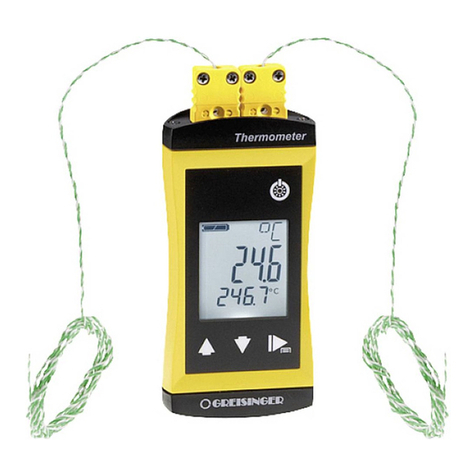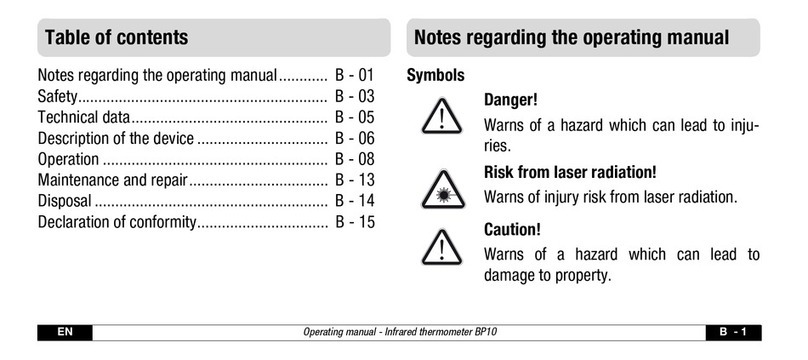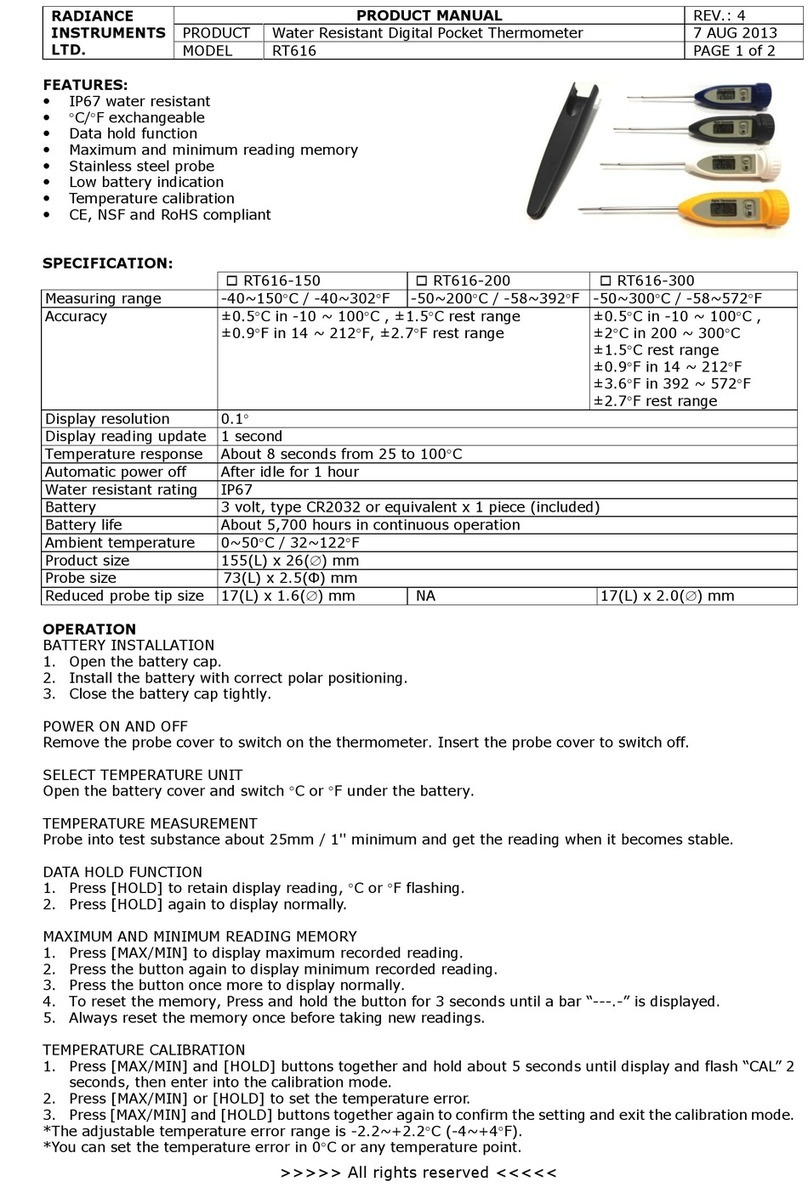iii
Table of Contents
1 Before you start........................................................................1
1.1 Symbols used .......................................................................................... 1
1.2 Safety information ..................................................................................... 1
1.2.1 WARNINGS .....................................................................................................1
1.2.2 CAUTIONS ......................................................................................................2
1.3 Authorized service centers ....................................................................... 2
2 Introduction and specications ..............................................5
2.1 Introduction ............................................................................................... 5
2.2 Specifications ........................................................................................... 5
2.2.1 General ............................................................................................................5
2.2.2 Primary specifications .....................................................................................6
Resistance ratio accuracy ...................................................................................................... 6
Resistor Stability ..................................................................................................................... 6
Absolute resistance accuracy ................................................................................................ 7
Measurement current accuracy.............................................................................................. 7
2.2.3 Ancillary specifications ...................................................................................8
Temperature measurement noise ........................................................................................... 8
Relative measurement current accuracy ................................................................................ 8
2.2.4 General Specifications ....................................................................................9
3 Preparation for operation ...................................................... 11
3.1 Unpacking and inspection ...................................................................... 11
3.2 Instruction Manuals ................................................................................. 11
3.3 Line voltage and fuses ............................................................................ 11
3.4 Connecting to Line Power ....................................................................... 12
3.5 Placement and Rack Mounting ............................................................... 12
4 Features ..................................................................................13
4.1 Introduction ............................................................................................. 13
4.2 Front panel features ................................................................................ 13
4.2.1 Measurement inputs ......................................................................................13
4.2.2 USB connection ............................................................................................13
4.2.3 Front panel keys ............................................................................................14
Front panel display ............................................................................................................... 15
4.3 Rear panel features ................................................................................ 16
External resistor inputs ......................................................................................................... 16
4.3.1 Scanner connection ......................................................................................16
4.3.2 Future peripheral connection ........................................................................17
4.3.3 Remote Operation Connections ....................................................................17
4.3.4 Line voltage connection ................................................................................18
4.3.5 Earth ground connection ...............................................................................18
4.4 Menu system features ............................................................................. 18
4.4.1 User settings screen .....................................................................................18
4.4.2 Measurement screen.....................................................................................18
4.4.3 Main menu screen .........................................................................................19
4.4.4 Channel setup screen ...................................................................................19
4.4.5 Menu navigation tips .....................................................................................19

